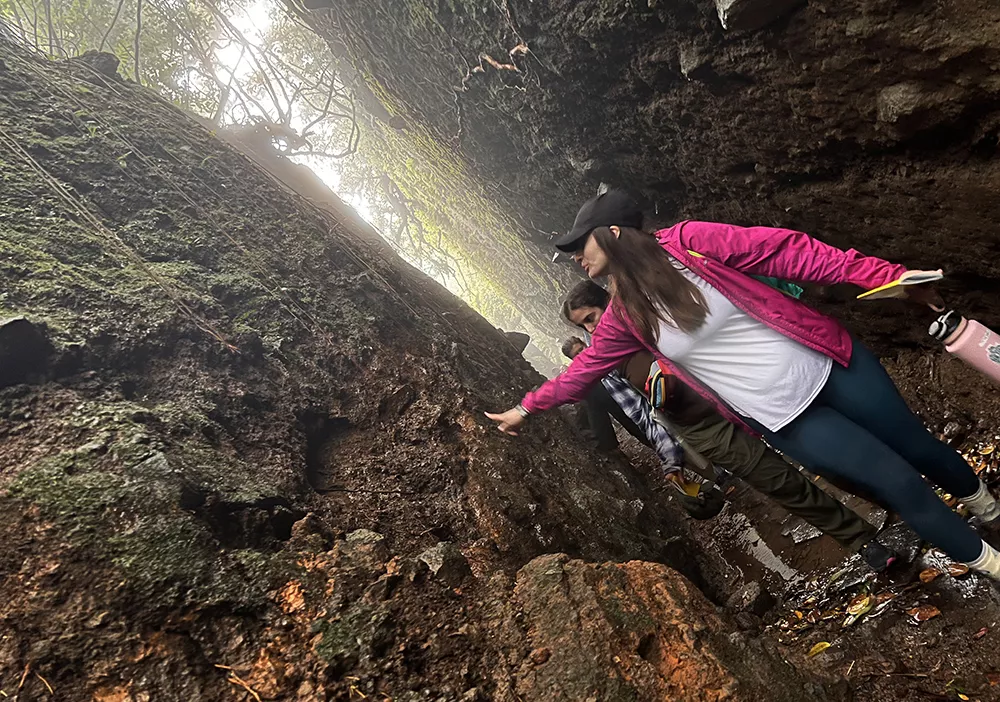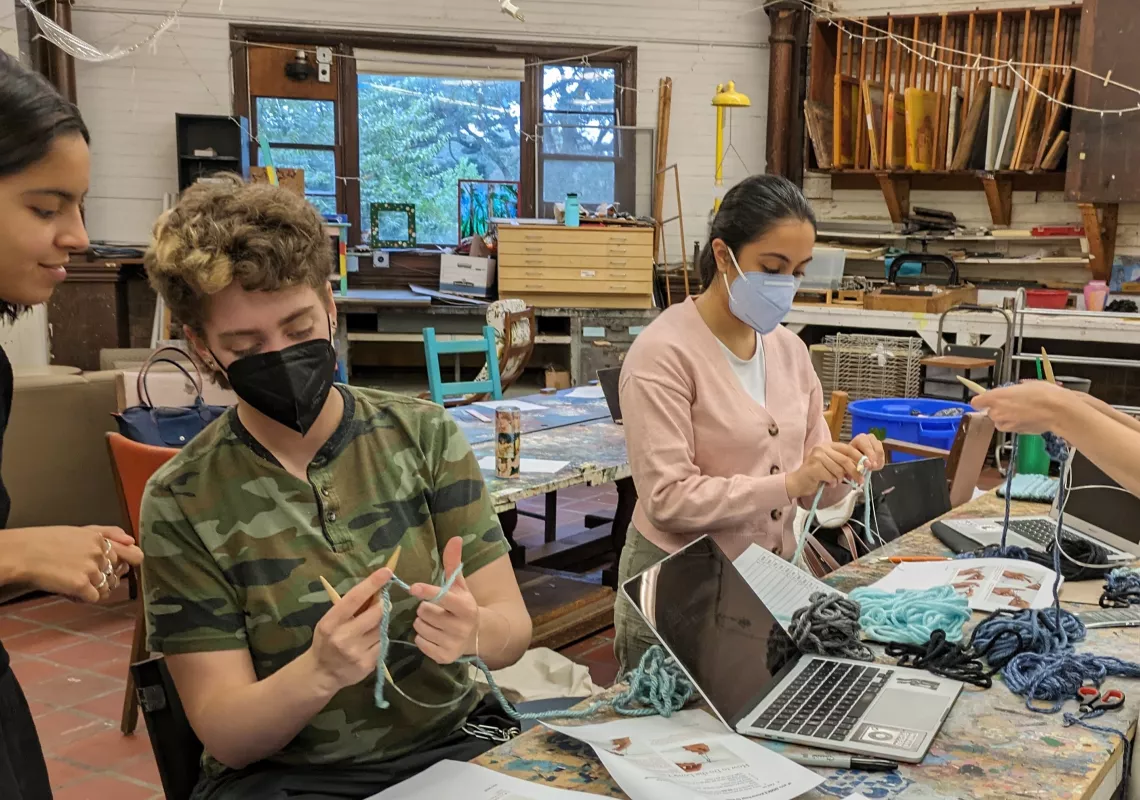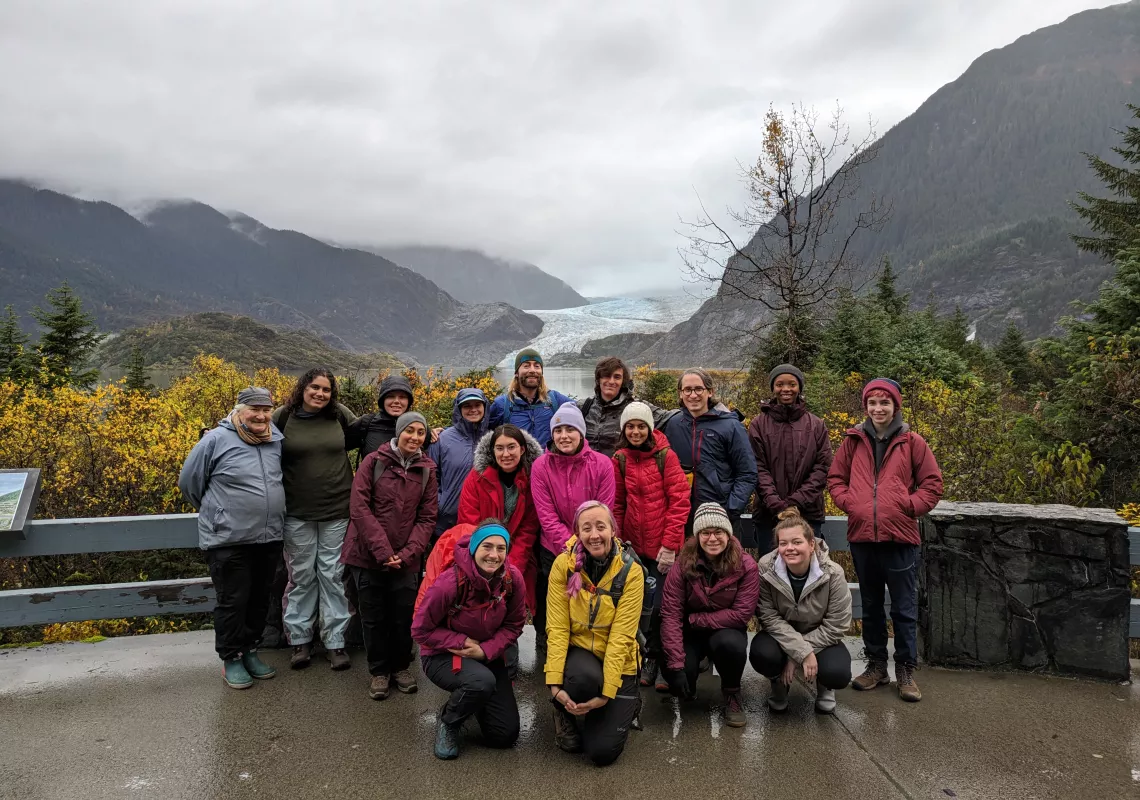
360°: Energy Afterlives
What comes in the wake of energy extraction? This cluster will examine the afterlives of coal, oil, and nuclear energy through the lenses of the arts, political science, and earth science.
What comes in the wake of energy extraction? This cluster will examine the afterlives of coal, oil, and nuclear energy through the lenses of the arts, political science, and earth science.
What comes in the wake of energy extraction? This cluster will examine the afterlives of coal, oil, and nuclear energy through the lenses of the arts, political science, and earth science. In the arts course, students will consider how these three energy sources give shape to our lives in countless ways by exploring their place in literature, music, photography, creative nonfiction, and art. This approach will allow students to examine the personal, human elements of energy and extraction and their aftereffects. In the science course, through readings, specimen analyses, field sampling, and lab work, students will assess the geologic conditions under which these three energy sources form - and the long-term environmental consequences of their extraction. In the political science course, students will examine how communities have organized around places and responded to the afterlives of energy extraction.
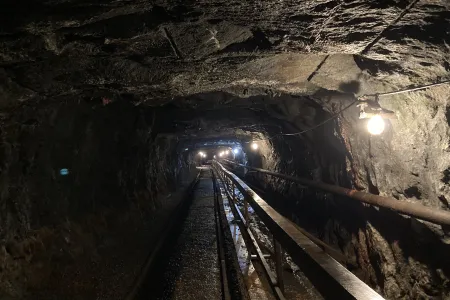
Scalar Exhibit
This Scalar book features the work of students in Professors Selby Hearth, Joel Schlosser, and José Vergara's courses from the fall 2023 Energy Afterlives 360 cluster.
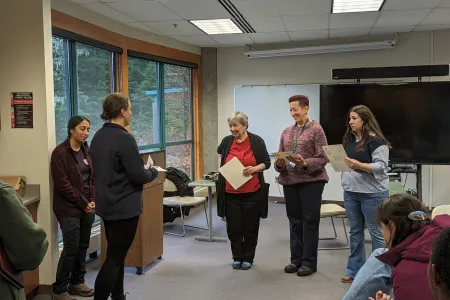
If We Yield, We Find Our Essence: A Conversation with Ernestine Hayes
Students in fall 2023 Energy Afterlives 360 cluster spoke with Hayes in October while on a nine-day field study in Southeast Alaska. Her words challenged them to reconsider various truths, whether concerning western classification systems or the concept of “place” and our relationship to it. This is a record of their conversation, published in Atmospheric Quarterly.
Courses
This course covers the fundamentals of coal, oil, and nuclear energy, with an emphasis on their environmental and climate impacts. Concepts to be developed include the geologic formation of these materials, their relationships with the biosphere and geochemistry, and the long-term environmental consequences of their extractions. Students will conduct specimen and data analysis, field sampling, and lab work in order to examine local environmental impacts related to mining and drilling, as well as global impacts related to climate change. Emphasis will be placed on the scientific process, and how scientists obtain, process, and interpret data. No previous scientific training is required; however, a basic proficiency with data analysis in Excel or R is beneficial, as this course will rely heavily on data analysis. Taught by Selby Hearth.
This course investigates what community means, how communities organize themselves around place, and how these places are integral/included/participants in community, in particular as sources of energy and resources for extraction. We will take orientation from the argument developed by Daniel Kemmis, former minority leader in the Montana House of Representatives and Mayor of Missoula, who articulated a collective, cooperative model for place-based governance in the American West. We’ll then consider this model and some of its critics in three key areas where place has mattered, for better or for worse: Appalachia and coal; Athabasca and oil; and Alaska and nuclear power. Each case will offer an opportunity to think through the meaning and politics of community as well as to develop frameworks of power analysis that can illustrate how change might occur. Taught by Joel Schlosser.
Coal. Oil. Nuclear energy. These items give shape to our everyday lives in countless ways. They impact our health, our politics, and our very survival on earth. Nevertheless, because these resources permeate nearly every aspect of our existence, the human mind can struggle to comprehend them in their totality. In this course, we’ll explore texts that engage with our environment to help us bring humans’ relationship to these materials into focus. Scientific, historical, and economic studies tend to focus on their scale and widespread impact. Reading stories, watching films, and looking at photography and other visual materials will allow us to imagine coal, oil, and nuclear energy more intimately—through individual, cultural, and aesthetic perspectives.
Here are some of the key questions students will ask with José Vergara throughout the semester: How can art help us understand—and perhaps even change—our material, economic, and social environments? How has our relationship to these materials changed over time? How do environmental and material realities impact cultural production and imagination?
Energy Afterlives Stories
